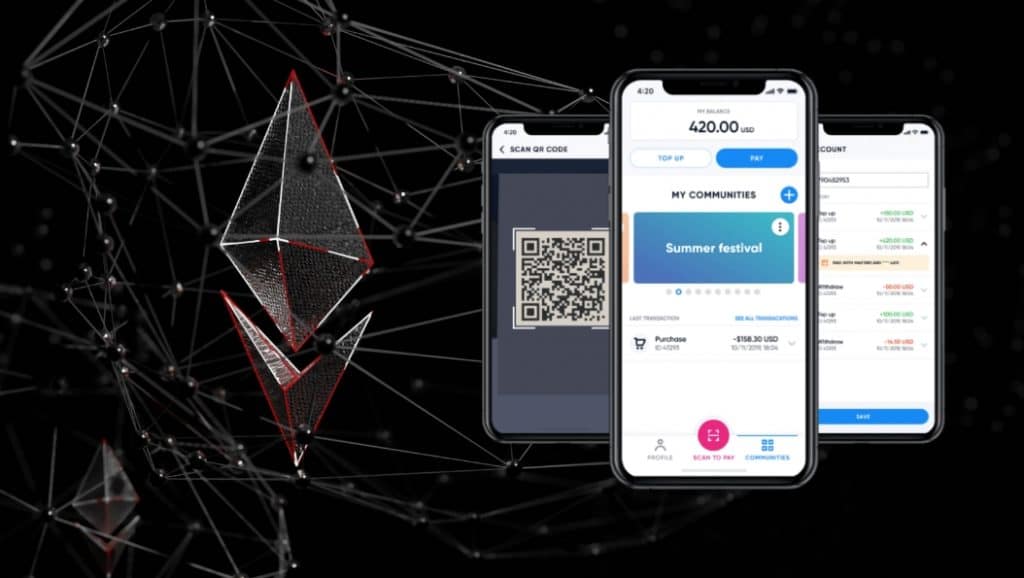In the world of conferences, conventions, and business events, the way attendees register and make payments has significantly evolved over the years. From traditional cash transactions at the event venue to today’s seamless online payments, the evolution of payment methods has enhanced convenience, security, and overall attendee experience. Let’s explore the four key stages of this evolution.
Cash Payments at the Venue:
In the early days of events, attendees would register on-site, often waiting in long queues, and pay for their registrations with cash. This method was not only time-consuming but also prone to errors and security issues. Event organizers had to deal with the challenges of handling large amounts of cash, and attendees had to carry significant amounts of money with them.
Credit Card Payments and Online Registrations:
The introduction of credit card payments brought a significant shift in the event registration process. Attendees could now pre-register for events online, providing their credit card information for a secure payment process. This method reduced on-site registration queues and allowed organizers to plan better for the event. Online registration platforms emerged, enabling attendees to sign up from the comfort of their homes or offices, streamlining the entire process.
Mobile Payment Solutions:
As smartphones became ubiquitous, event organizers started exploring mobile payment solutions. These solutions enabled attendees to make payments through their mobile devices, either via credit cards or mobile wallets. Attendees no longer needed to carry physical cards or cash, and transactions became faster and more convenient. Mobile payment technologies also enhanced security by incorporating encryption and authentication measures.
Contactless Payments and Digital Tickets:
In recent years, the rise of contactless payment technologies has revolutionized event registrations. Attendees can now use their smartphones or contactless cards to make payments by simply tapping or scanning at the point of entry. This method not only ensures a swift and hygienic transaction process but also reduces the need for physical tickets. Digital ticketing systems have become more prevalent, allowing attendees to access event details, schedules, and updates through their smartphones. New advances in the field of cyber security has enabled the creation of what are called Smart Tickets, a new form of access control that combines digital ticketing with payment processing. These tickets are based on a blockchain technology called NFT that enable secure identification, decrease fraud and help fight scalping.
The evolution of payments for registrations at events, from cash transactions to contactless payments, has transformed the attendee experience significantly. As technology continues to advance, we can expect further innovations in the event registration process, such as biometric payments and blockchain-based ticketing. By embracing these advancements, event organizers can continue to enhance convenience, security, and efficiency, ultimately creating more rewarding experiences for attendees at conferences, conventions, and business events.
Oveit, as an end-to-end event registration solution, offers a comprehensive set of features that revolutionize the way events accept payments, manage visitor data, print networking badges, and optimize customer outreach policies. Let’s explore how Oveit facilitates each of these aspects:
Instant Payment Processing:
With Oveit, events can accept payments instantly through various channels, including online payment gateways, bank transfer, mobile wallets, and contactless payments. Attendees can register and make payments in real-time, eliminating the need for on-site cash transactions or manual credit card processing. This streamlined payment process reduces queues and enhances the overall attendee experience, making it convenient and efficient for both event organizers and visitors.
Real-Time Visitor Data:
Oveit provides event organizers with real-time access to visitor data. As attendees register and make payments, their information is immediately available on the platform. This data includes attendee demographics, ticket type, preferences, and more. Having real-time access to such insights enables event organizers to make informed decisions on the spot, adjust marketing strategies, and understand attendee preferences, which can contribute to better event planning and success.
On-Arrival Networking Badge Printing:
Oveit simplifies the check-in process by offering on-arrival networking badge printing. Attendees can receive personalized badges with their names and relevant information as soon as they arrive at the event venue. This not only saves time but also fosters a sense of professionalism and personalized engagement, helping attendees connect more easily during networking sessions. Organizers can customize badge templates and even incorporate QR codes for additional functionalities, such as lead retrieval and session tracking.
Optimized Customer Outreach Policy:
By utilizing real-time visitor data and analytics provided by Oveit, event organizers can optimize their customer outreach policies. They can tailor marketing campaigns based on attendee preferences, behavior, and feedback. Oveit’s data insights help identify target audiences, understand their interests, and tailor communication to engage attendees effectively. This targeted approach can lead to higher attendee satisfaction, increased event loyalty, and a more successful event overall.
Oveit’s end-to-end event registration solution empowers events to streamline payment processing, access real-time visitor data, facilitate on-arrival badge printing, and optimize customer outreach policies. By embracing Oveit’s innovative features, event organizers can enhance the overall event experience, build stronger connections with attendees, and ensure the success of their conferences, conventions, and business events. With a focus on efficiency, personalization, and data-driven decision-making, Oveit enables events to evolve and adapt to the changing landscape of event management in the digital age.


